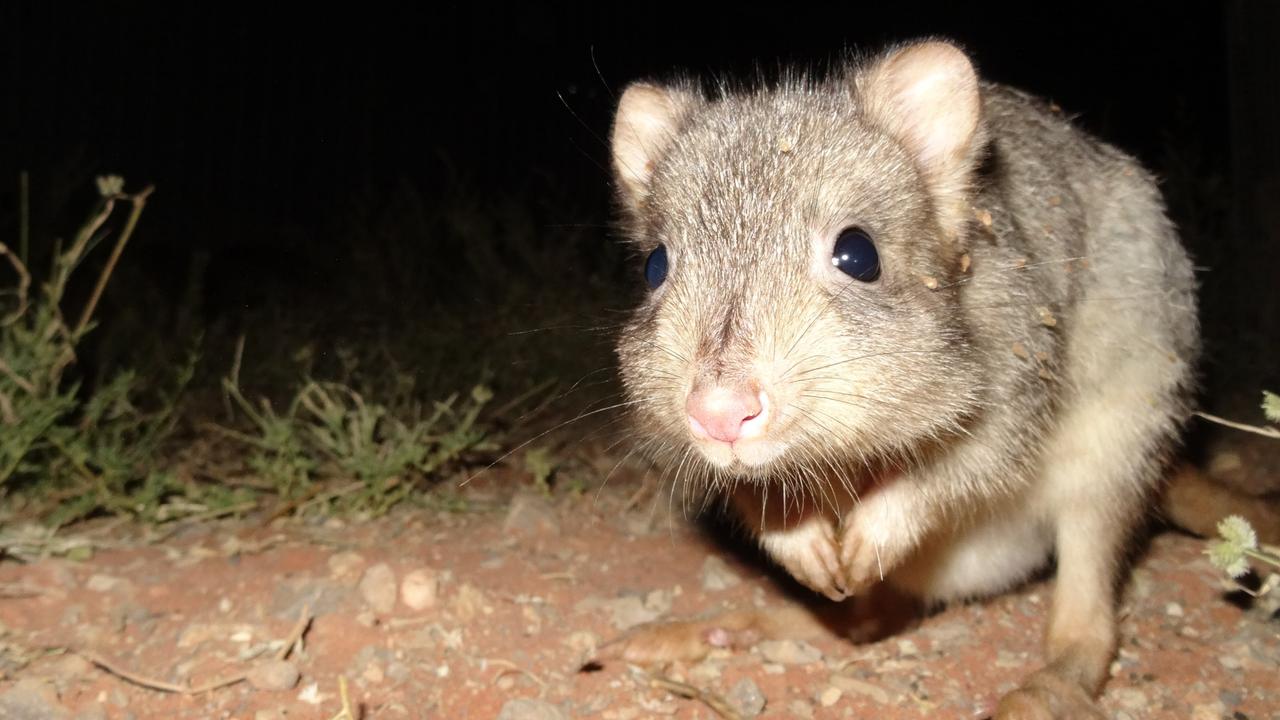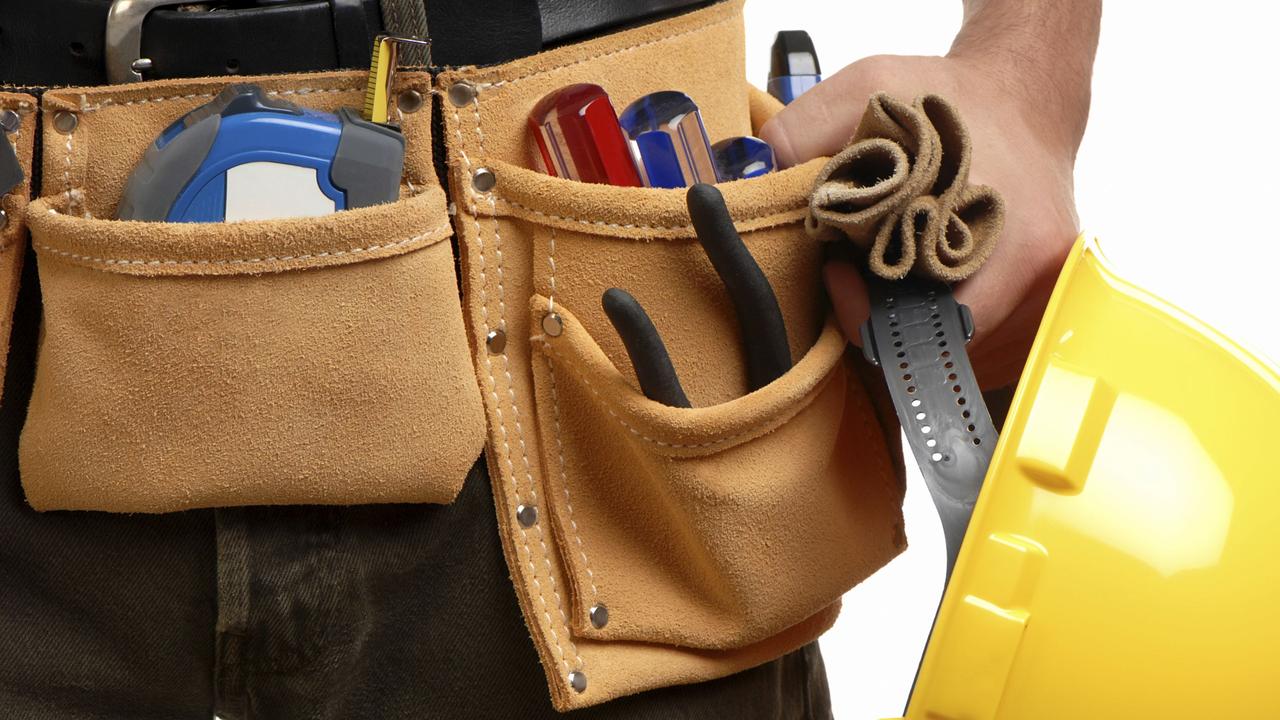Set up centre to stop Aboriginal children going into state care, expert says
SOUTH Australia should set up a research centre dedicated to curbing the spiralling numbers of Aboriginal children being taken into state care, a leading expert says.

SA News
Don't miss out on the headlines from SA News. Followed categories will be added to My News.
SOUTH Australia should set up a research centre dedicated to curbing the spiralling numbers of Aboriginal children being taken into state care, a leading expert says.
Australian Centre for Child Protection director Professor Fiona Arney, who is based in Adelaide, will pose the idea when she addresses a Healthy Development Adelaide forum on Wednesday night.
It is estimated that half of all Aboriginal children are reported to child protection services by the age of four and Professor Arney said the “situation is rapidly worsening”.
An Institute of Excellence in indigenous Child Welfare would focus on research, policy and leadership to find new solutions to better protect them, Professor Arney said.
The suggestion is supported by Aboriginal Elder and centre ambassador Sue Blacklock, who said the state was “facing another Stolen Generation” and new ideas were needed to “stem the tide of (child) removals”.
It comes as the Education Department moves to create a new division to lift the literacy, numeracy and attendance rates of Aboriginal students.
Department chief Tony Harrison told The Advertiser the move was prompted in part by an acknowledgment that improvements for Aboriginal children “aren’t sufficient and they’re not happening as quickly as we would like”.
Mr Harrison will hire a new Aboriginal education director to head up the division and has pledged a greater focus, better allocation of resources and closer collaboration between education and child protection workers.
However, the shake-up will not involve a recruitment drive to hire more indigenous staff, curriculum changes or extra funding.
The latest round of NAPLAN school test results showed indigenous students continue to lag behind others in literacy and numeracy, though some encouraging gains have been made in recent years in reading. Year 12 completion rates are also improving.
However, the department came under fire earlier this year after its former executive director for Aboriginal, Student and Family Services, David Rathman, had his contract terminated.
Mr Harrison said the department had one of the highest proportions of indigenous staff across government but conceded “we could do better and we need to do better” on educational outcomes for indigenous children.
“There’s a sense that there has been some improvement ... but there is no doubt that there is still a call for us to further elevate the status and importance of Aboriginal education,” he said.
There are more than 9700 Aboriginal students enrolled in public schools.
Opposition education spokesman David Pisoni said this year had “been a writeoff for leadership in Aboriginal education” because of the decision to let Mr Rathman go.
“I have concerns that unless there is strong Aboriginal leadership and Aboriginal co-ordinators, the capacity for improvement will be limited,” he said.





